[ad_1]
Pests don’t plague petunias, nevertheless some acquainted yard friends nibble foliage, stems, and buds and set off weak spot. Detecting pests early is beneficial to forestall them from transmitting illnesses, depleting crops of vitality, and impacting progress and flowering. Excessive infestations end in decline and unfold to totally different crops.
Many pests are most energetic in warmth local weather, the prime time for petunias’ showy present. Some thrive in humid, damp circumstances, whereas others need scorching and dry conditions to proliferate. Vegetation pressured by environmental parts often are inclined to succumb to pests and associated illnesses.
The best pest administration methodology is to produce petunias with their hottest rising conditions. They need at least 5 to six hours of daylight daily. Soils with fixed moisture promote most likely probably the most vigorous crops and prolific flowering. Fertilizer at planting and all through the rising season helps the heavy feeders.
A biodiverse yard with crops that entice useful bugs and wildlife is a pure strategy of pest administration. Even with all the right cultural conditions, yard pests happen. Proper right here, we’ll research widespread petunia pests and recommendations on how you can decide, cope with, and cease them.
Spider Mites
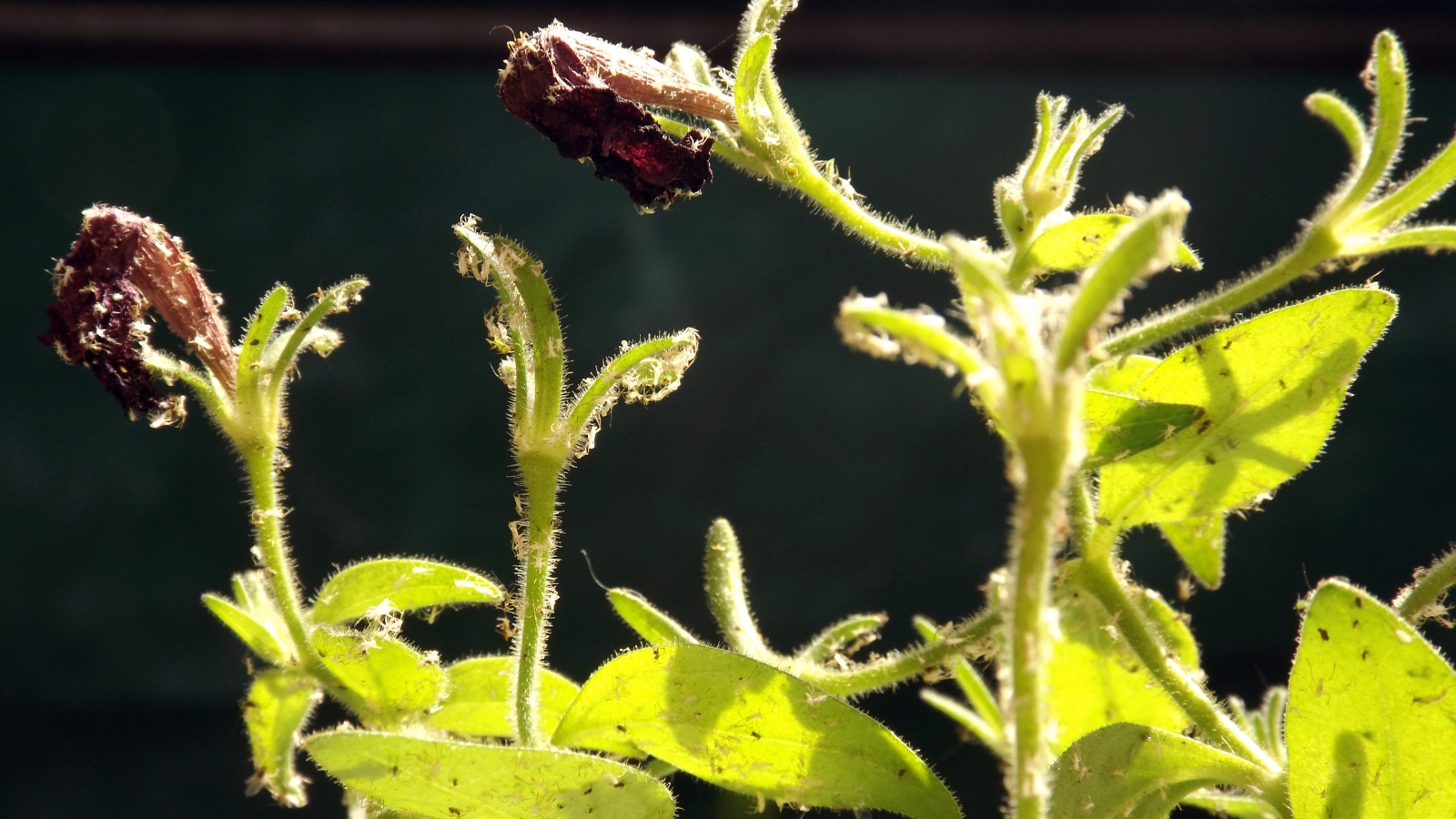

Spider mites are sap-sucking bugs that reside on the undersides of leaves. Their piercing mouthparts feed on cell tissue. Chances are high you may not see the tiny creatures and never utilizing a magnifying glass, nevertheless their telltale webbing supplies them away.
Colonies of the insect reside spherical leaf veins and mid-ribs beneath leaves. Females lay eggs, and the larvae shortly feed on sap and tissues. Pale spots appear on foliage. Adults feed and produce tight webs spherical leaves, stems, and branches.
The foliage reveals delicate yellowing and stippling on leaf surfaces and can develop to be bronze. Leaves develop to be stiff and curl and can prematurely drop. Petunia flowers may discolor.
Spider mites occur in scorching, dry, dusty conditions. They flock to crops experiencing drought stress.
Remedy
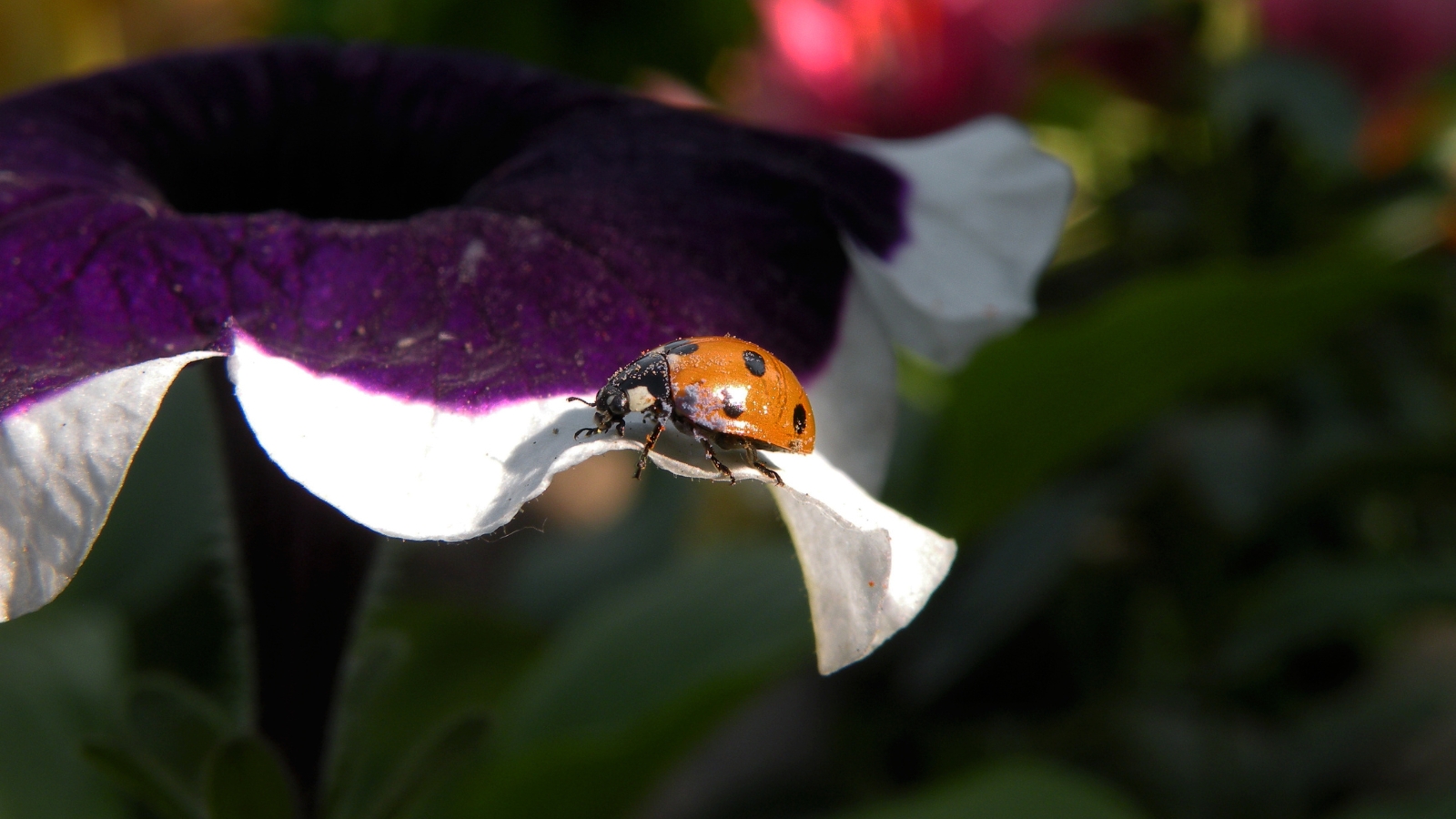

Useful predatory bugs like ladybugs, lacewings, and predatory mites help administration populations. While you detect spider mites, spray the plant with a strong stream of water early throughout the day to discourage and knock bugs off the stems. Spraying moreover rinses mud off crops.
Prune away affected plant parts. Do away with particles reasonably than together with it to the compost pile, which could harbor and unfold the bugs.
A simple horticultural cleansing cleaning soap or oil like neem rids the plant of maximum circumstances. Plant-based insecticidal oils like garlic extract, clove, rosemary, mint, and cinnamon oils are environment friendly pure controls. Bear in mind to adjust to label directions, as these cures affect all bugs, along with pollinators. Time of day is essential in utility, with sooner than or after sunset being the right.
To forestall spider mites, water petunias often to maintain up evenly moist soils. Whereas the annuals stand as much as drying out between durations, best progress and flowering happen with fixed moisture. Water fluctuations give spider mites a chance to increase, extra weakening crops.
Thrips
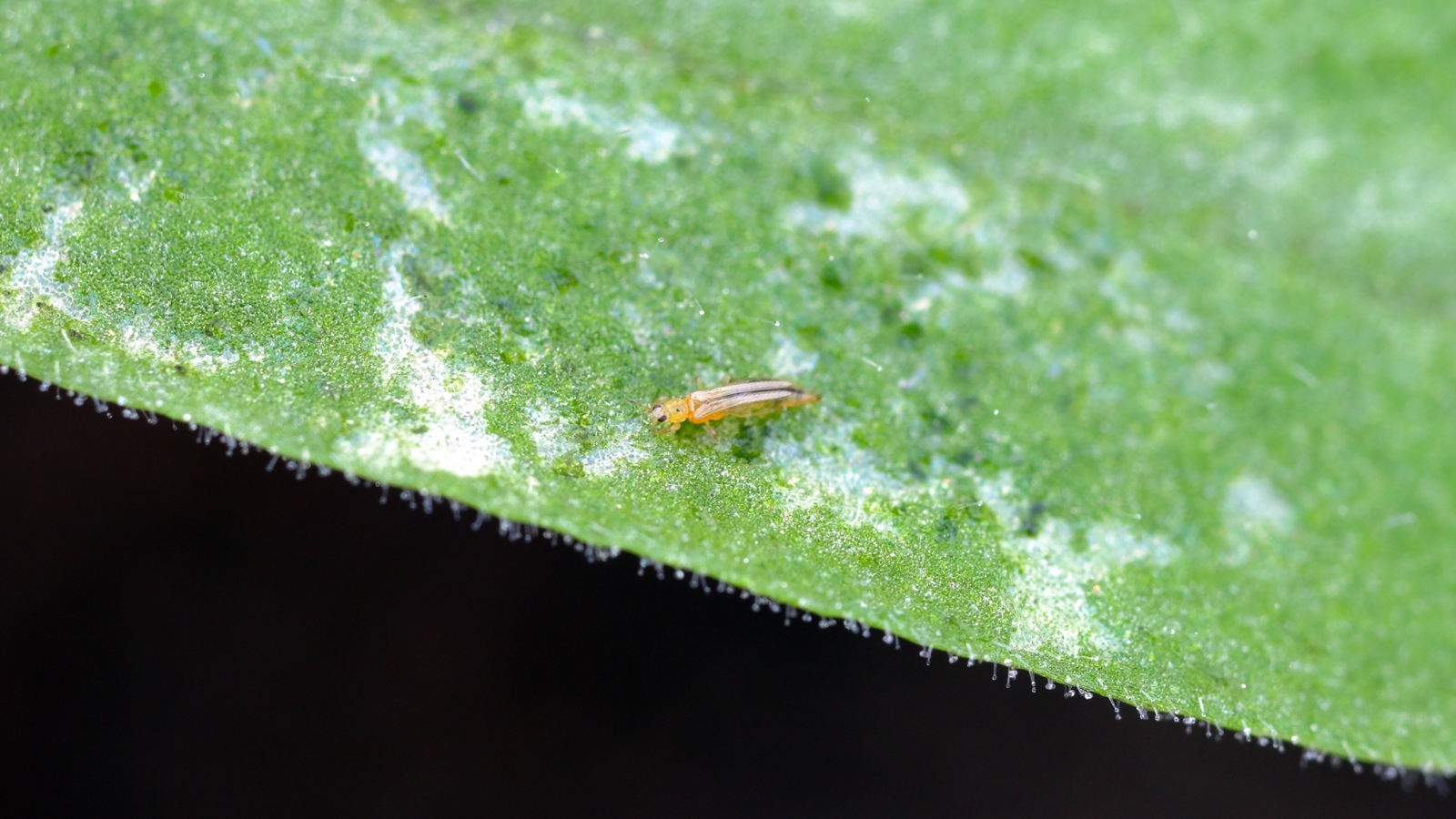

Thrips are a widespread pest. They’re tiny, slender bugs with prolonged, slim our our bodies. Adults have fringed wings, and their coloration ranges from translucent white to yellow, brown, and black.
The bugs feed on flower and foliar tissues and carry viruses between crops. Western flower thrips are vectors of the impatiens necrotic spot virus and tomato observed wilt virus, every of which impression and may kill petunias.
When thrips infest petal tissues, blooms develop white spots or distort. Leaves might sound silvery and stippled or brown and papery.
Not all thrips damage crops. Some feed on aphids and mites as pure pest administration. While you see thrips nevertheless no indicators on the plant, preserve off on remedy. Remedy is in order if damage accompanies the insect in any other case you see damage alone. It’s easy to control thrips early on and with frequent scouting.
Remedy
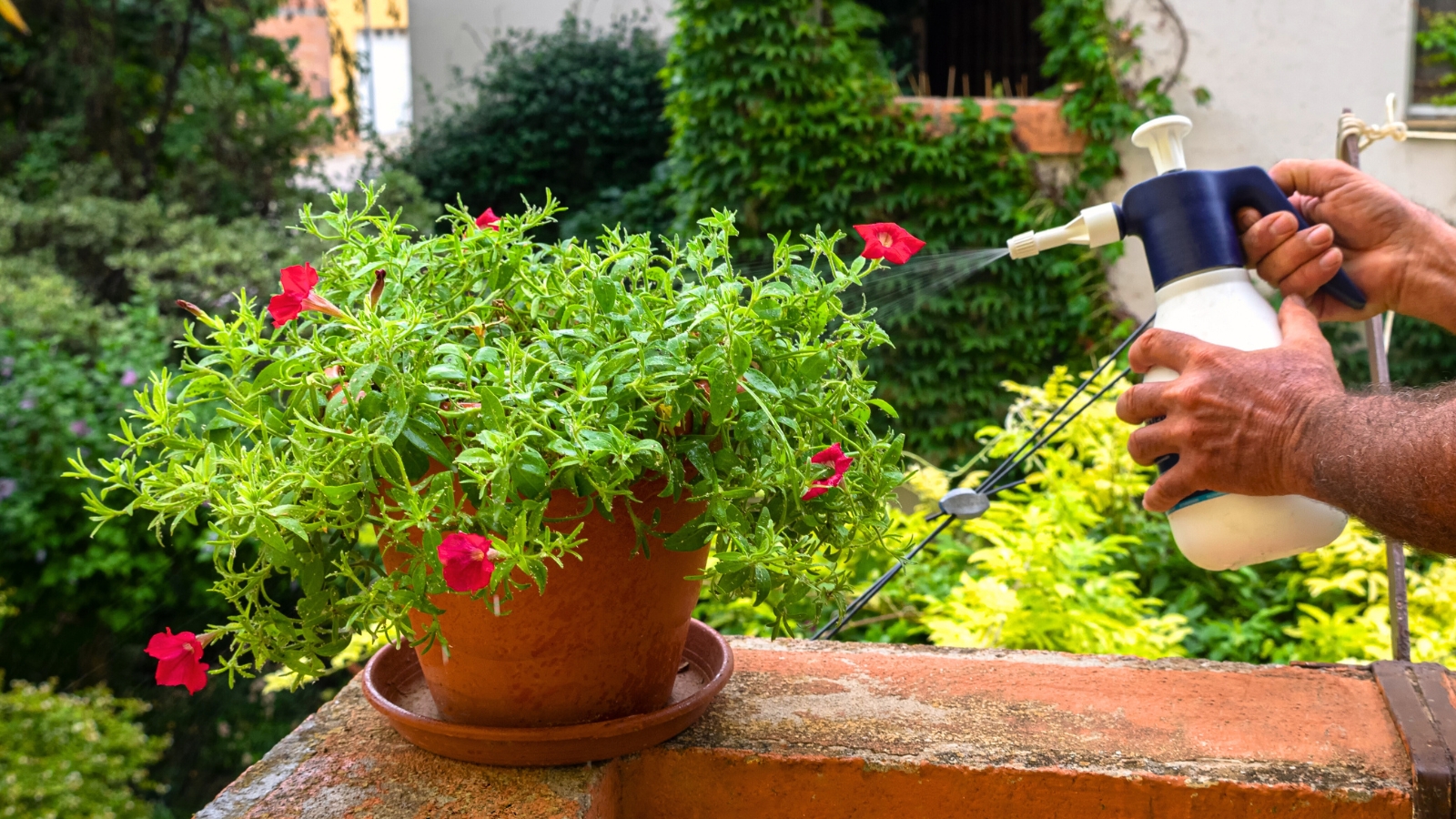

As with spider mites, useful predatory bugs like parasitic wasps, totally different mites, and inexperienced lacewings naturally administration thrips. Rinse the mud off crops to promote beneficials and deter plant-feeding bugs. Reduce off and discard affected plant sections.
Neem oil or horticultural soaps cope with infestations. Spinosad, derived from a micro organism, organically treats thrips by disrupting their feeding course of and killing the insect. Avoid making use of it when pollinators are present, because it’s extraordinarily toxic to bees until it dries.
Budworms
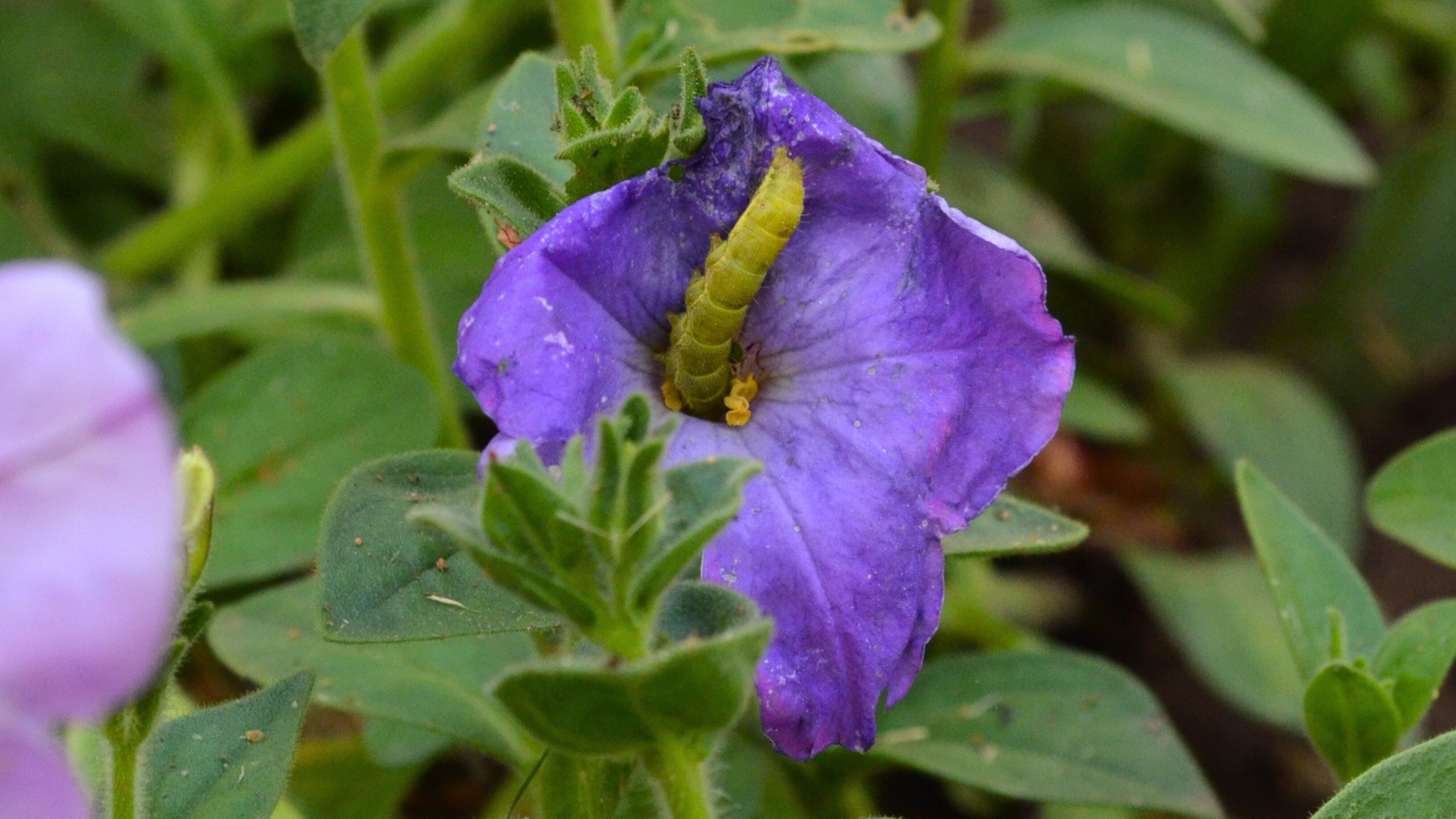

Budworms are caterpillars that feed on stems, leaves, and buds. Their voracious appetites set off quick damage. To protect your petunias blooming all season, protect a be careful for caterpillars.
The tobacco budworm feeds on petunia buds and petals. It is most energetic at evening time, and affected blooms may not open all through the day. Chances are high you may uncover chewed petals and budworm droppings.
The grownup is a gray moth who lays eggs on the undersides of leaves. The caterpillars hatch inexperienced or delicate rust-colored. Small holes in leaves and petals level out early infestation.
The amount grows over the seasons in areas the place host crops are repeatedly grown. The inhabitants grows as further budworms hatch, feed, and pupate throughout the surrounding soil to develop to be grownup moths.
Remedy
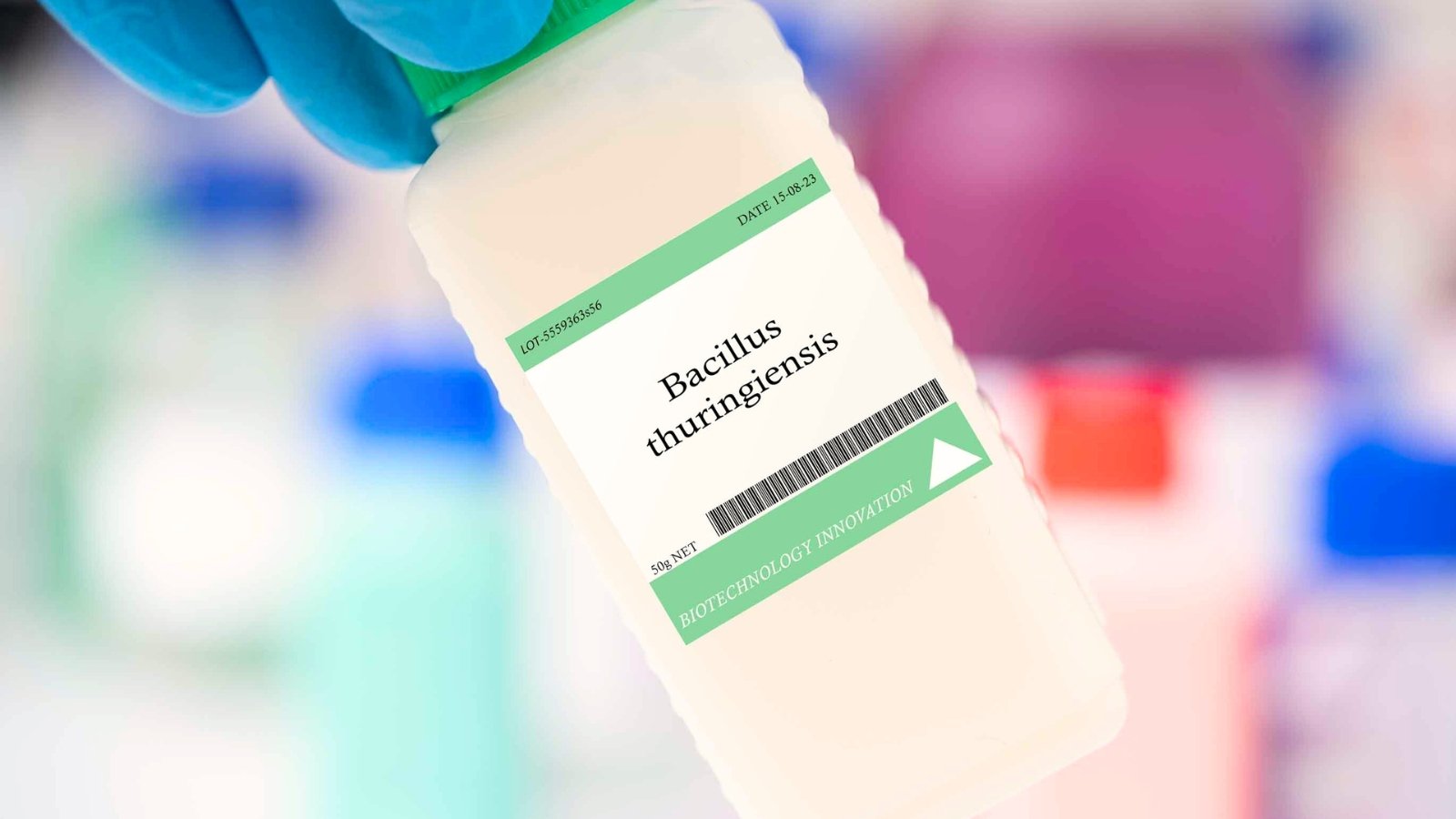

Fortunately, every the caterpillars and their damage are easy to establish. You presumably can hand-pick them off crops throughout the morning or evening after they’re most energetic. Throughout the heat of the day, you’ll uncover them resting on the soil stage near the underside of the plant. Bacillus thuringiensis (BT) is a micro organism that disrupts digestion and causes the budworms to stop feeding. It is a natural administration.
If budworms are a problem, rotate petunia rising areas yearly. Petunias are part of the Solanaceae (nightshade) family, along with tomatoes, peppers, tobacco, flowering tobacco, eggplants, and loads of totally different ornamental and meals crops. Pests and illnesses merely swap between nightshade members. Rotating crops or providing distance between selections helps scale back the transmission.
Aphids
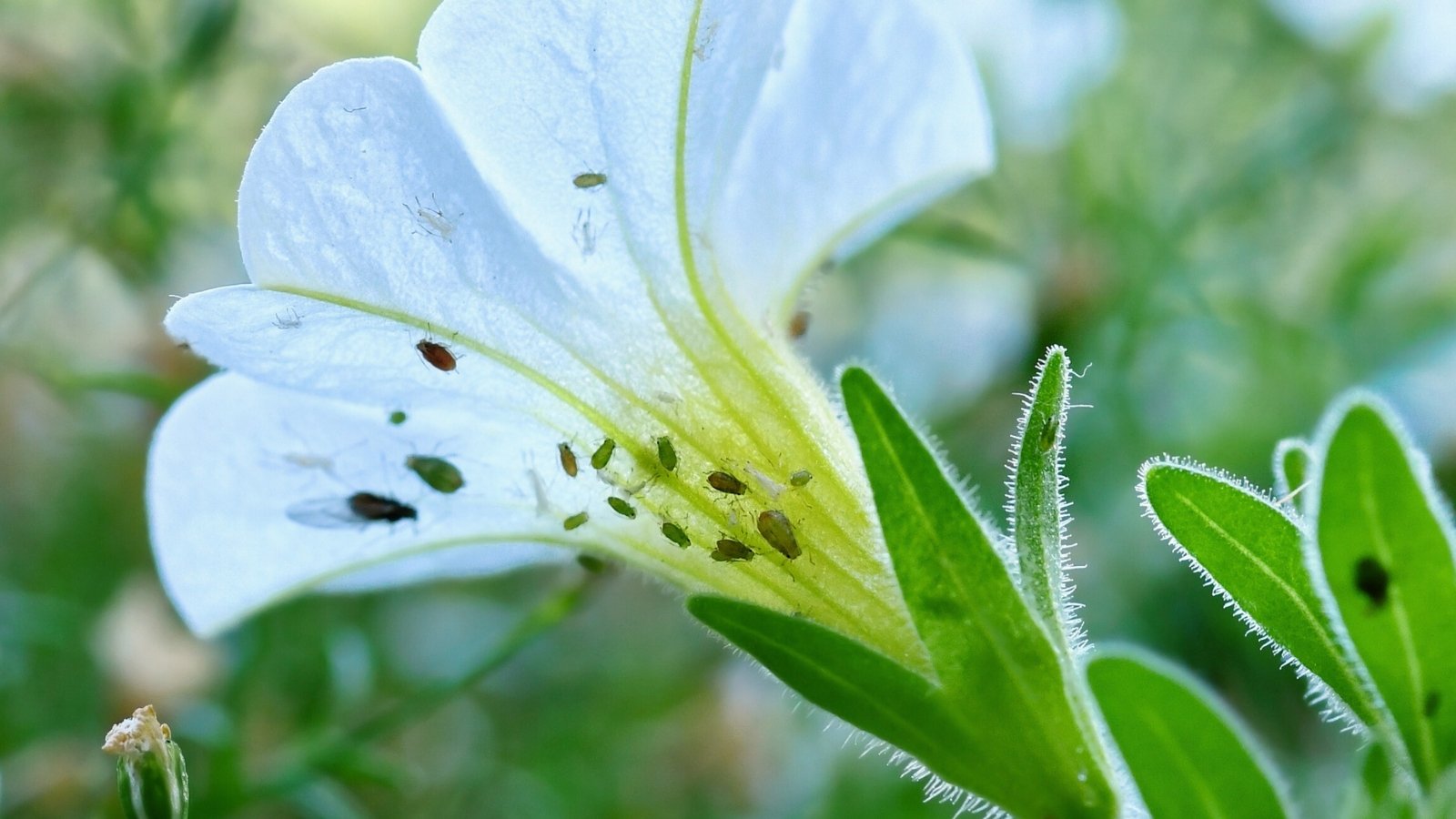

Aphids are all-too-common sap-sucking bugs that feed on numerous crops. They don’t usually pose a excessive threat nevertheless can stress crops and depart behind sticky honeydew, leading to black, sooty mildew. Aphids unfold fungal spores and are vectors for viruses, along with mosaic viruses, which might be deadly in petunias.
Aphids are pear-shaped, soft-bodied, and lightweight yellow, inexperienced, pink, brown, or black. They gather in huge numbers on the undersides of leaves.
Vegetation with excessive infestation may experience curled leaves, yellowing, and stunted progress. Chances are high you may uncover virus or fungal sickness indicators like leaf spots, mottling, and distortion.
Remedy
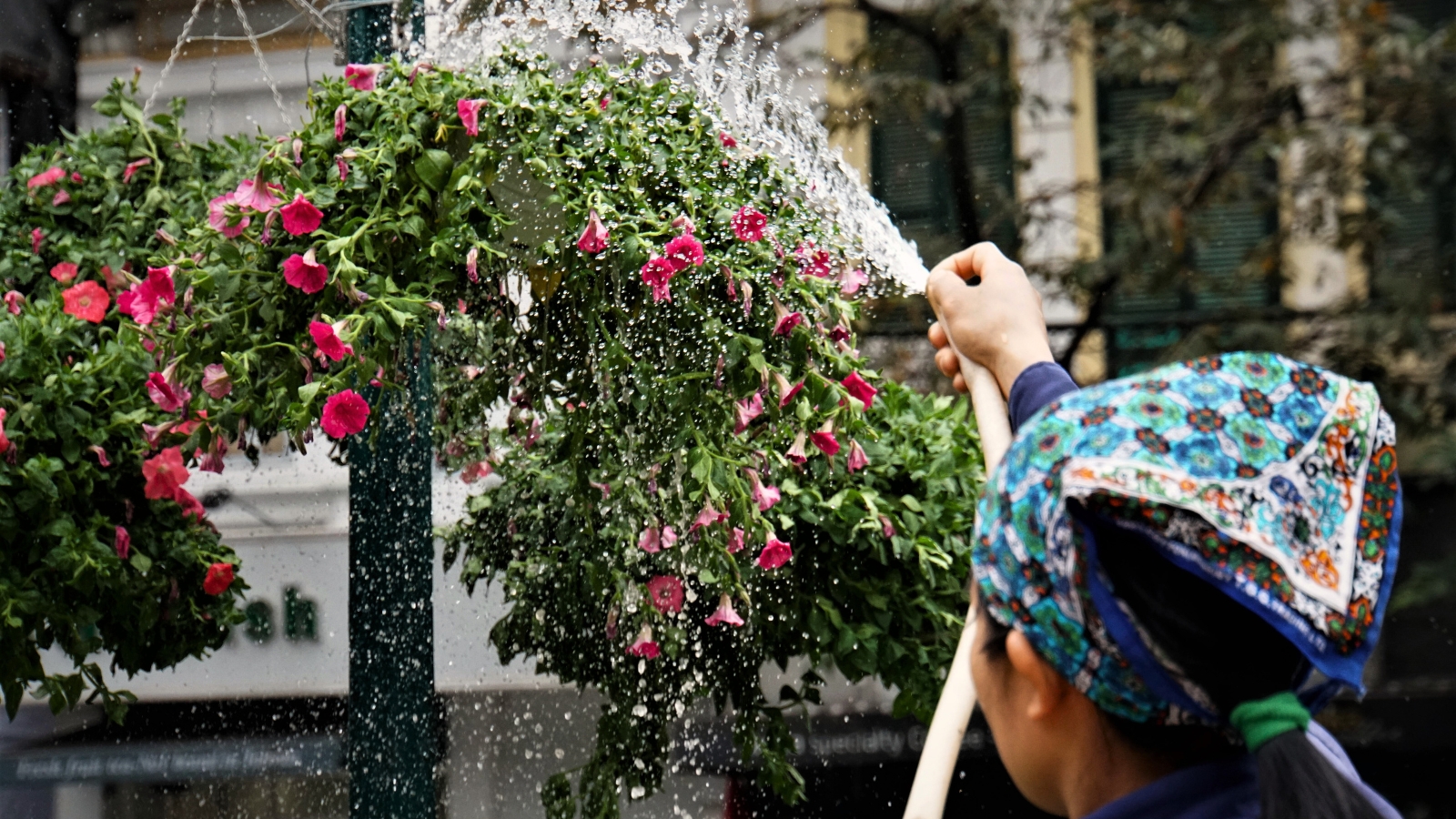

As with spider mites and thrips, spraying the plant with a strong stream of water early throughout the day may deter them by knocking them off leaves and stems. The stream separates the mouthparts of piercing bugs from their our our bodies. Try this often as part of ongoing repairs.
Since aphids congregate in numbers, pruning off impacted sections is also ample to administration small infestations. Horticultural cleansing cleaning soap or oil controls infestations. Dusting crops and soil with diatomaceous earth may cease the unfold. The powder creates a sharp ground that damages soft-bodied bugs.
To forestall aphids, make use of fixed watering for evenly moist soils. They’ll gravitate in the direction of drought-stressed petunias over healthful, well-watered specimens. Embody a wide range of crops to attract predatory bugs.
Leaf Miners
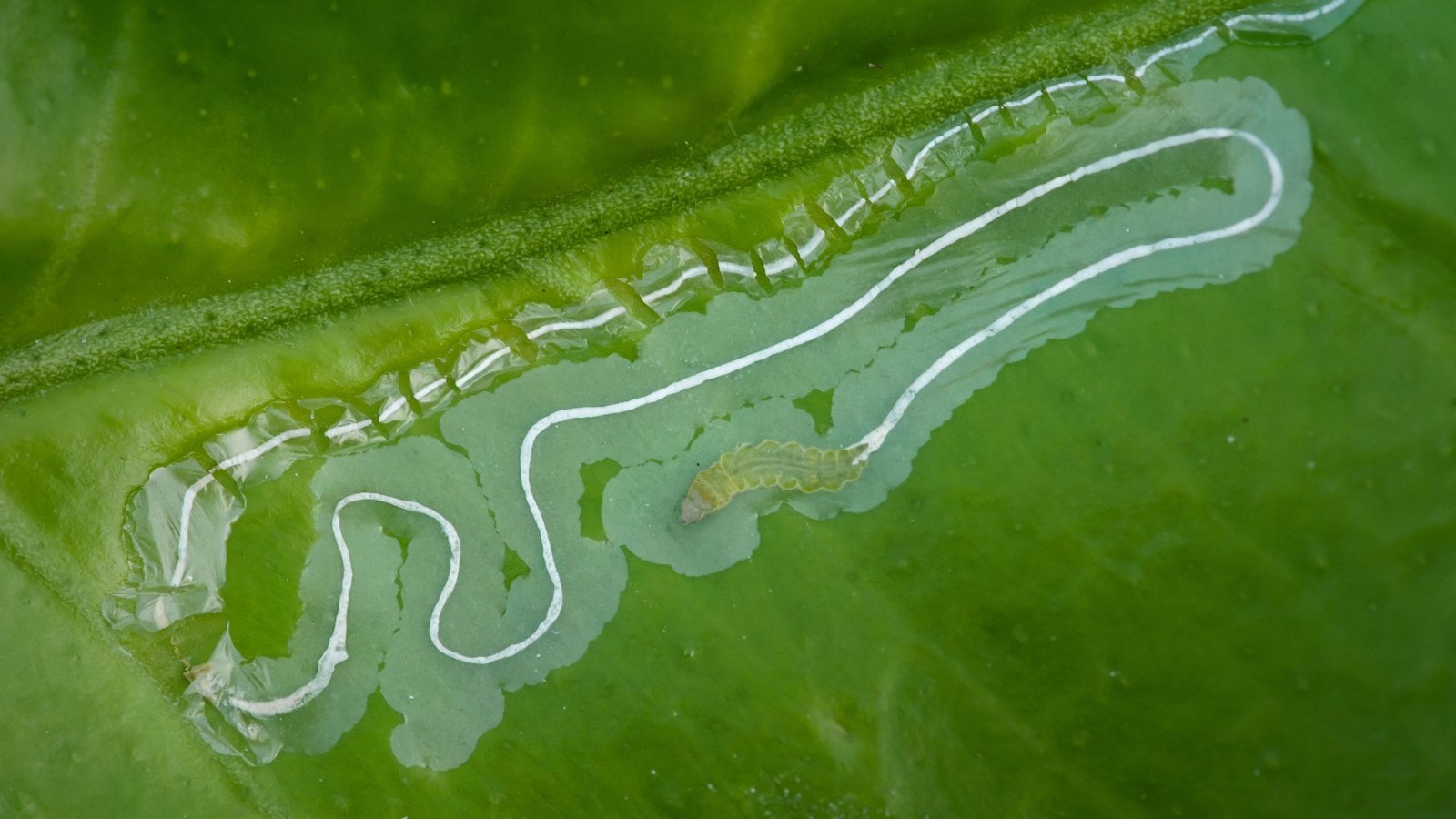

Leaf miners (fly larvae) burrow and tunnel into leaves. The larvae are yellow, cylindrical, and seedlike. Grownup leaf miners are small black flies. They usually have a yellow triangle on the bottom of their wings.
Leaf miners depart paths and punctures that deform foliage and petals. Plant parts develop to be yellow and blotchy. The larvae feed beneath the leaf ground, leaving winding trails.
Grownup leaf miners pierce leaves and petals to entry sap and lay eggs. The punctures flip white for a speckled look.
Fortunately, leaf miners not typically severely damage crops. Heavy damage can sluggish plant progress and set off leaves to drop, and their mining may create openings for fungal an an infection.
Remedy


Useful bugs like lacewings and predatory wasps prey on leafminers. Eradicating damaged leaves merely defrays a lightweight infestation.
Crush trails to squelch the miner. Neem oil, BT, and spinozad sprays administration infestations.
To forestall leaf miners, think about irrigating for fixed moisture. Avoid overwatering and prolonged intervals of moisture. Irrigation monitoring isn’t so much for the leaf miner nevertheless for associated fungal infections like root rot that merely unfold from soil to plant by means of the insect.
Slugs and Snails


Slugs and snails may graze on crops, significantly modern shoots and mild progress. They may solely do minor damage. Snails and slugs are meals for wildlife like birds and frogs.
While you see the creatures and spot nibble damage, a therapy is also in order. Fortunately, snails and slugs are easy to see of their most energetic cases of day.
Remedy


Hand-pick them early throughout the day or evening after they’re most energetic. Within the midst of the day, they’ll tuck in beneath leaves or on the soil throughout the bottom of the crops. If numbers improve, bait them with beer or soda traps by filling a shallow dish and inserting it at soil stage.
Flea Beetles
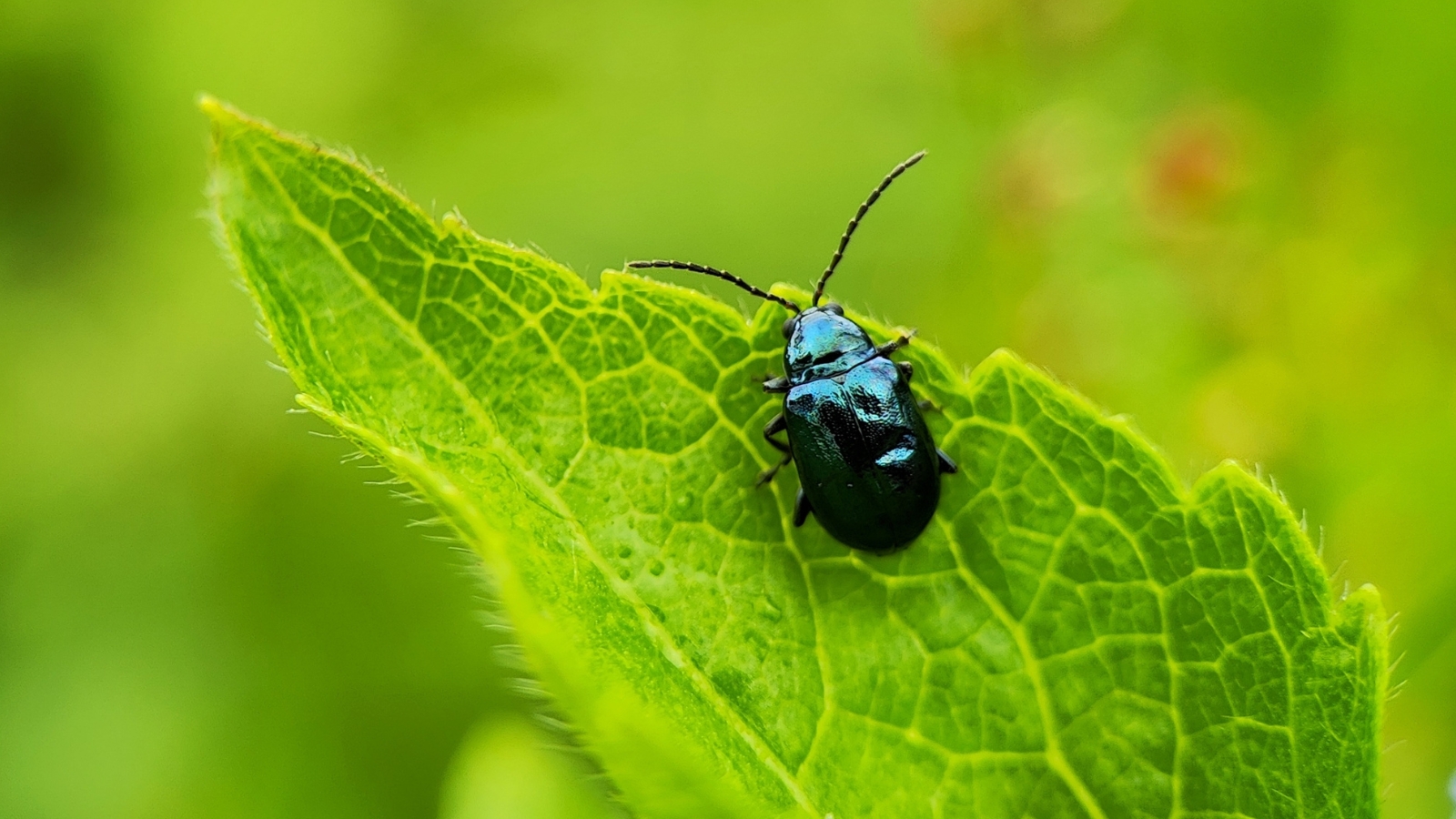

Flea beetles aren’t fleas nevertheless small bugs that hop from leaf to leaf, shortly skeletonizing foliage as they go. They’re most energetic throughout the spring. Flea beetles are widespread and have many species. Plenty of, along with potato and tobacco flea beetles, are prone to petunias.
Potato flea beetles are shiny black, whereas tobacco fleas are brown with huge, darkish spots on both sides of their our our bodies. These are widespread in hotter areas and like nightshades.
Grownup flea beetles feed on plant supplies. They lay eggs beneath the soil ground, the place larvae hatch to feed on tender roots. The larvae develop to be grownup beetles to feed on the plant. Leaf surfaces develop to be mottled yellow and brown and can skeletonize, with solely the veins remaining.
Remedy
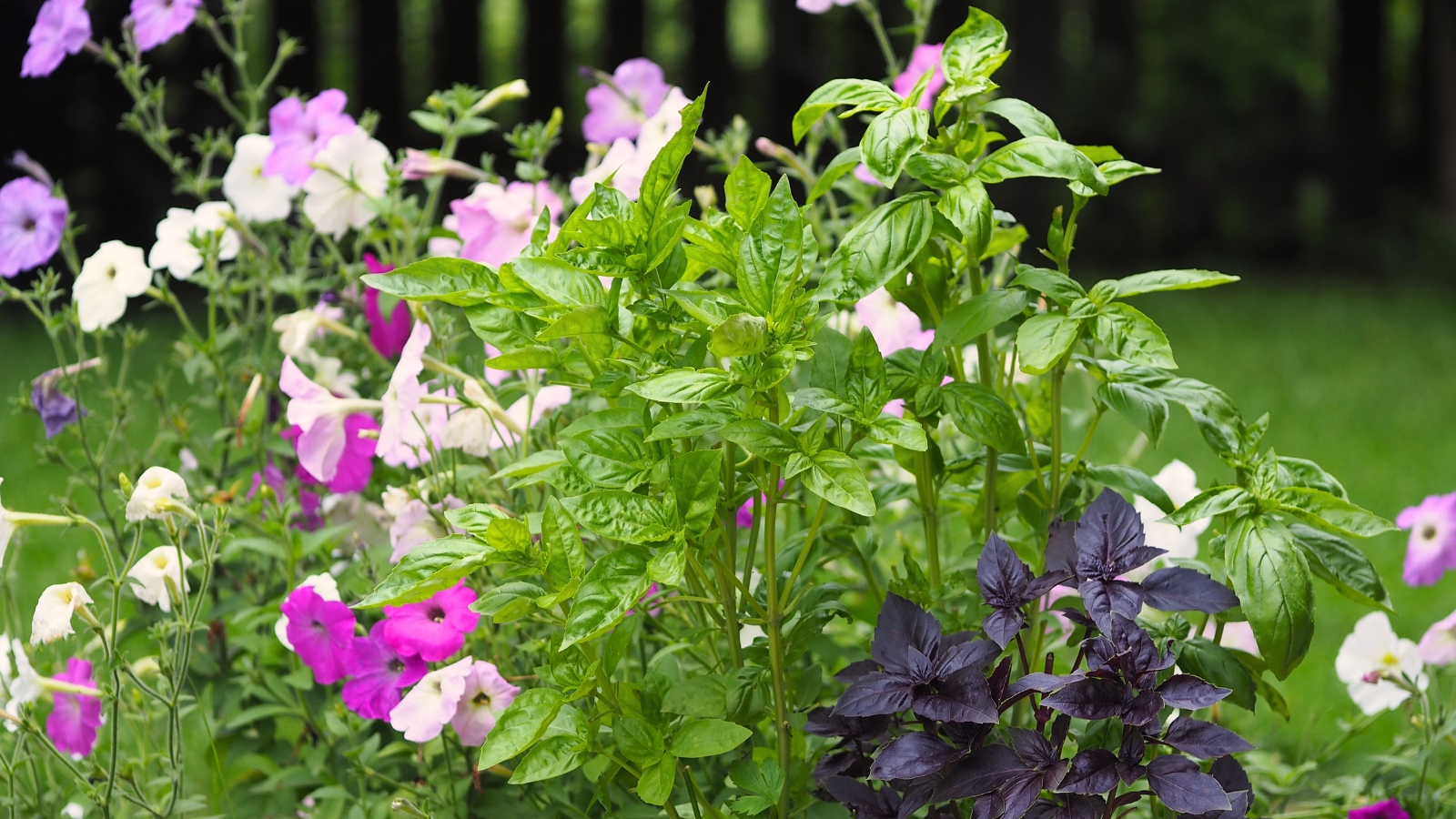

Interplant with crops to repel bugs, equivalent to catmints, basil, and marigolds. Pure cures embrace spinosad or pyrethrin sprays and horticultural oils like neem. Diatomaceous earth utilized to the plant surfaces helps administration outbreaks.
[ad_2]

